Exeter Riddle 53
MEGANCAVELL
Date: Tue 21 Jun 2016Matching Commentaries: Commentary for Exeter Riddle 53
This week’s translation post is brought to you by the fabulous Sharon Rhodes. Sharon has just completed her PhD at the University of Rochester (defending this summer!), where she worked on Old English, biblical translation and translation theory.
Ic seah on bearwe beam hlifian,
tanum torhtne. Þæt treo wæs on wynne,
wudu weaxende. Wæter hine ond eorþe
feddan fægre, oþþæt he frod dagum
5 on oþrum wearð aglachade
deope gedolgod, dumb in bendum,
wriþen ofer wunda, wonnum hyrstum
foran gefrætwed. Nu he fæcnum weg
þurh his heafdes mægen hildegieste
10 oþrum rymeð. Oft hy an yste strudon
hord ætgædre; hræd wæs ond unlæt
se æftera, gif se ærra fær
genamnan in nearowe neþan moste.
I saw a tree towering in a wood
with radiant branches. That tree was in joy
growing in the forest. Water and earth
fed him well, until he, wise in days,
5 came into a second, miserable state
deeply wounded, silent in his shackles,
racked all over with wounds, adorned with dark ornaments
on his front. Now he, through the might of head,
clears the path to another
10 treacherous enemy. Often they stole by storm
the treasure together; he was unhesitating and unflagging,
the follower, if the first was compelled to undertake
the journey, as a companion in confinement.
Notes:
This riddle appears on folio 113v of The Exeter Book.
The above Old English text is based on this edition: Elliott van Kirk Dobbie and George Philip Krapp, eds, The Exeter Book, Anglo-Saxon Poetic Records 3 (New York: Columbia University Press, 1936), page 207.
Note that this edition numbers the text Riddle 51: Craig Williamson, ed., The Old English Riddles of the Exeter Book (Chapel Hill: University of North Carolina Press, 1977), pages 99-100.
Tags: anglo saxon exeter book riddles old english solutions riddle 53
Related Posts:
Exeter Riddle 51
Exeter Riddle 55
Exeter Riddle 59

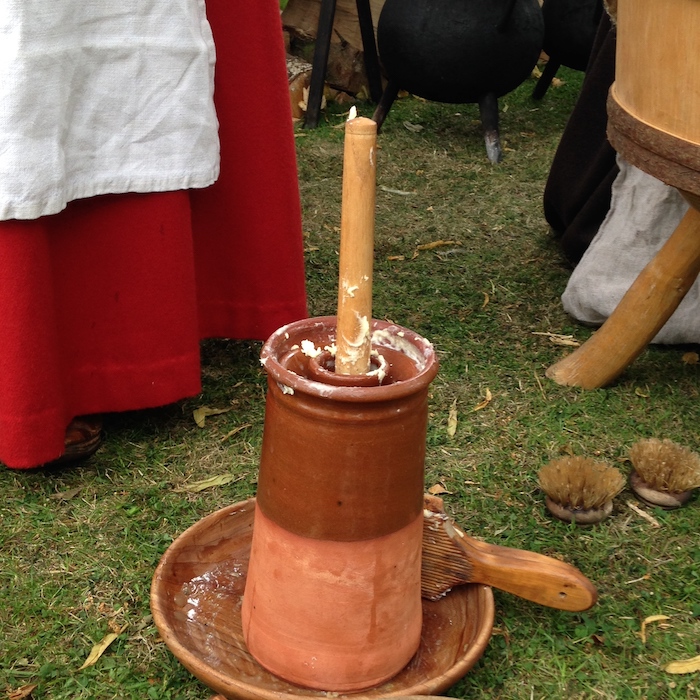
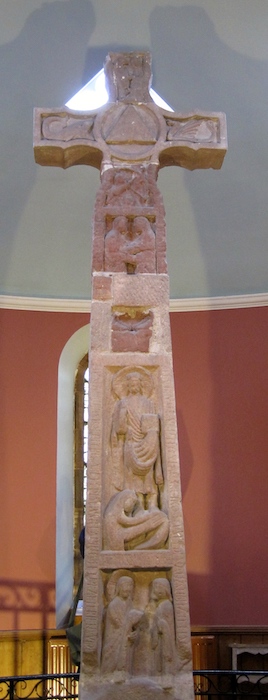
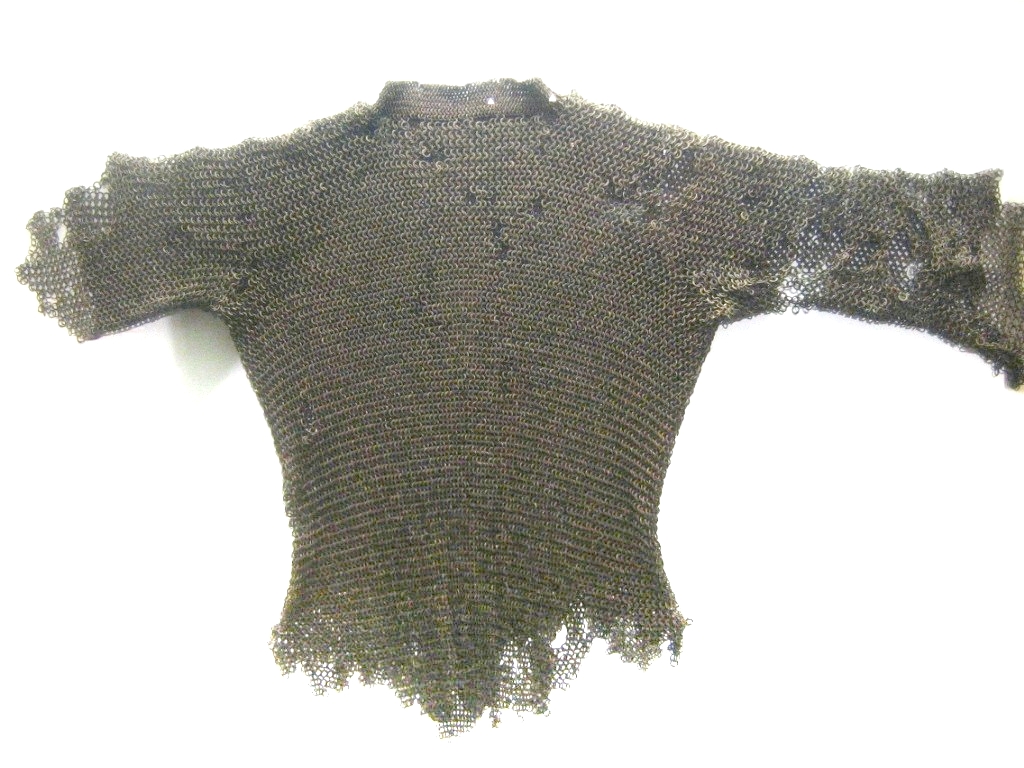
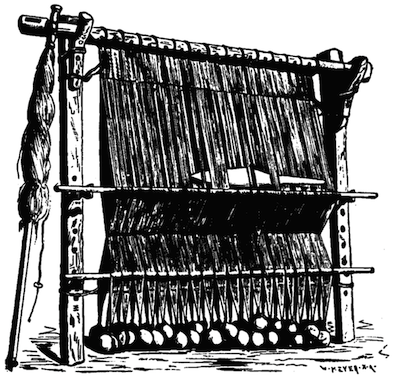
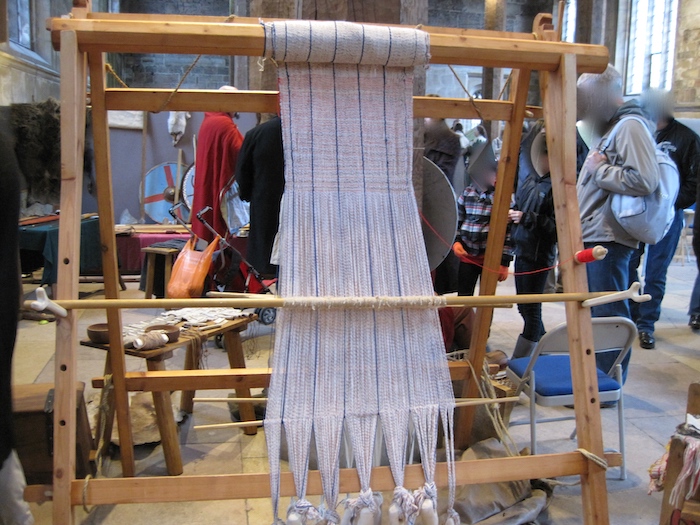
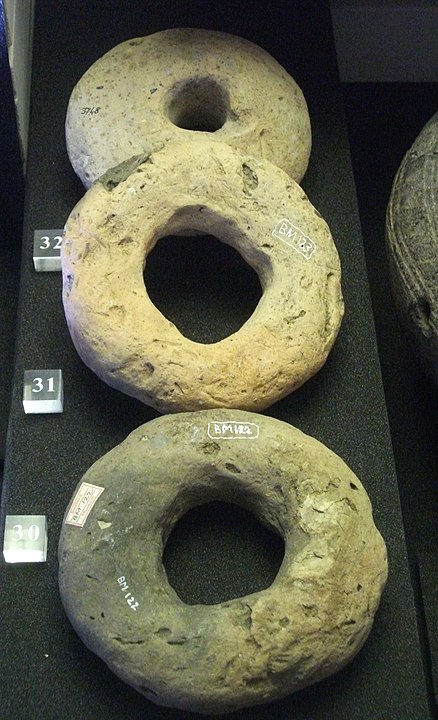

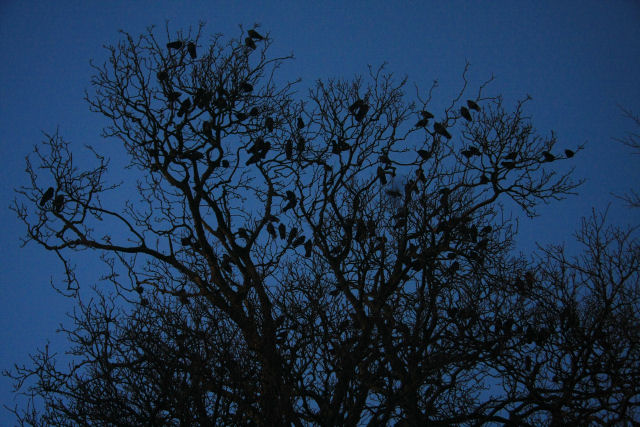
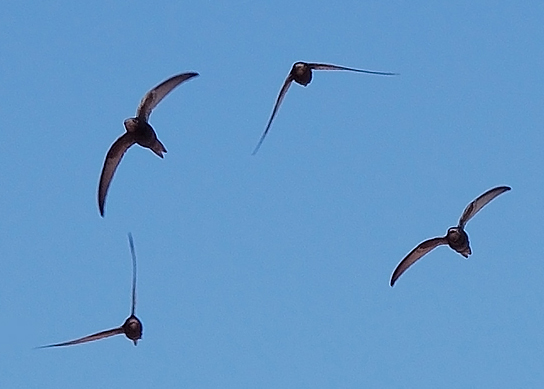
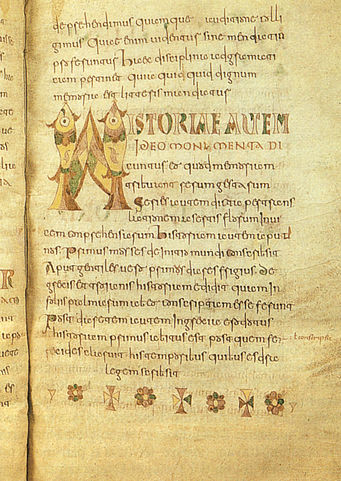
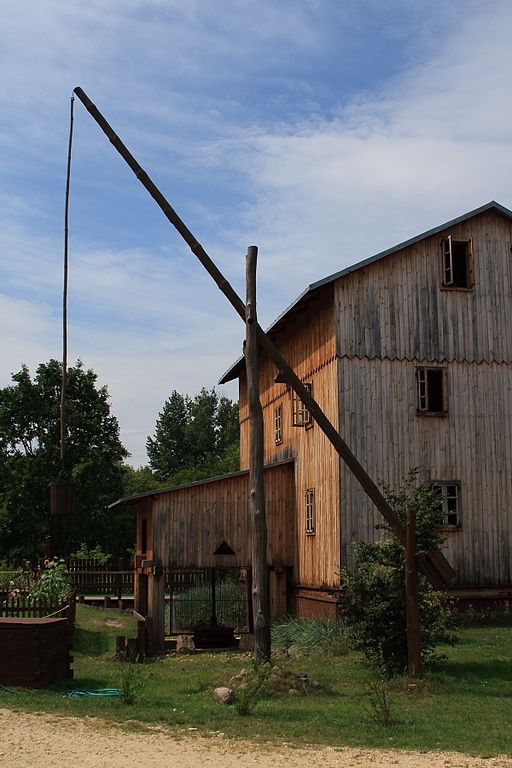
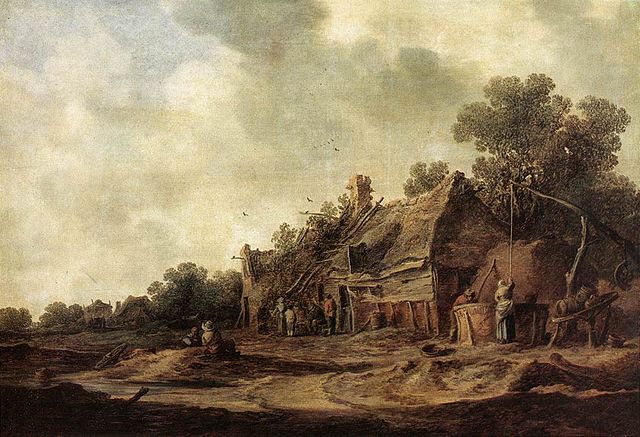
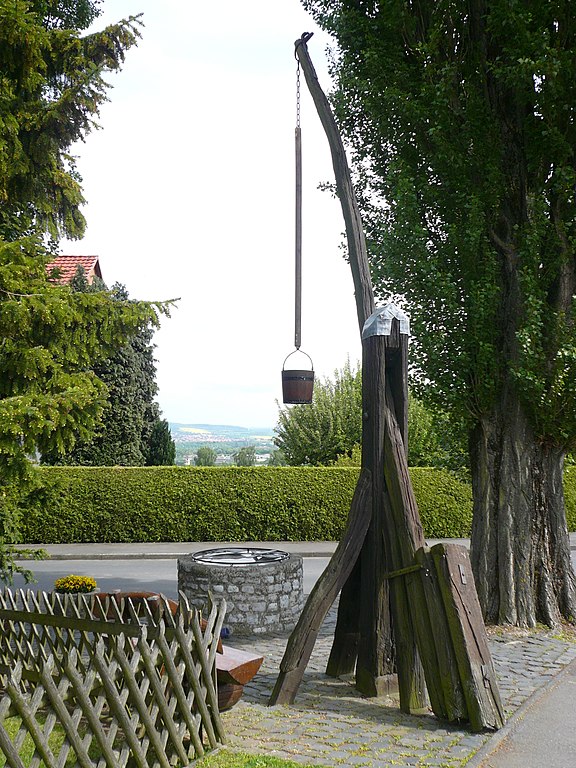
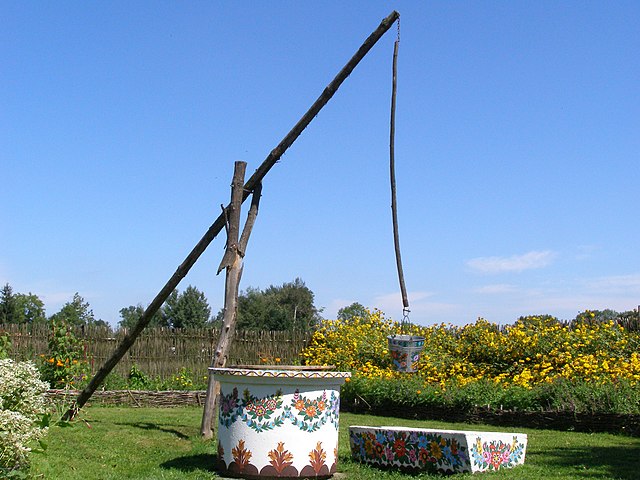
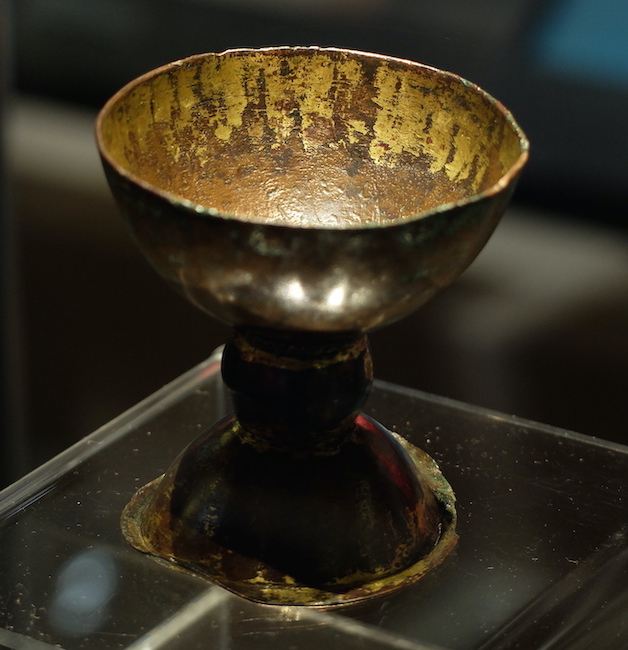
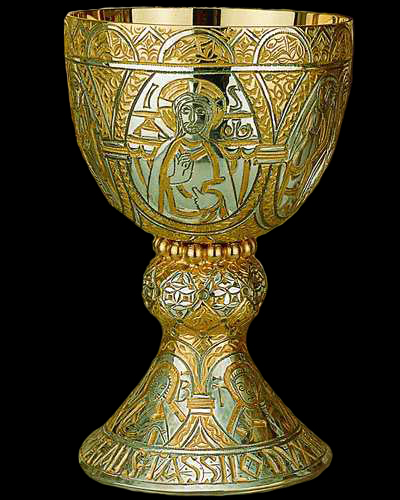
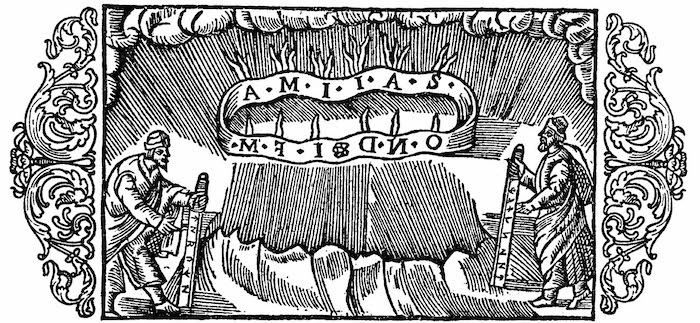

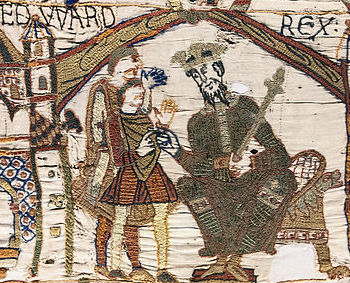
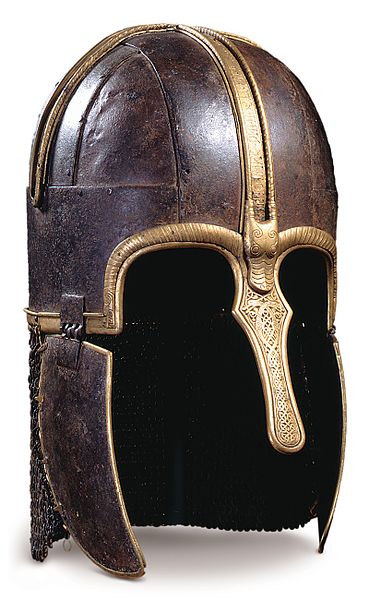
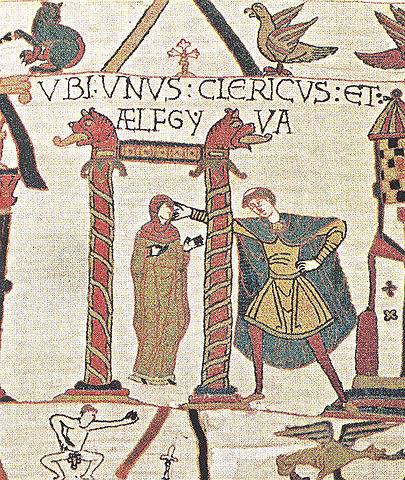

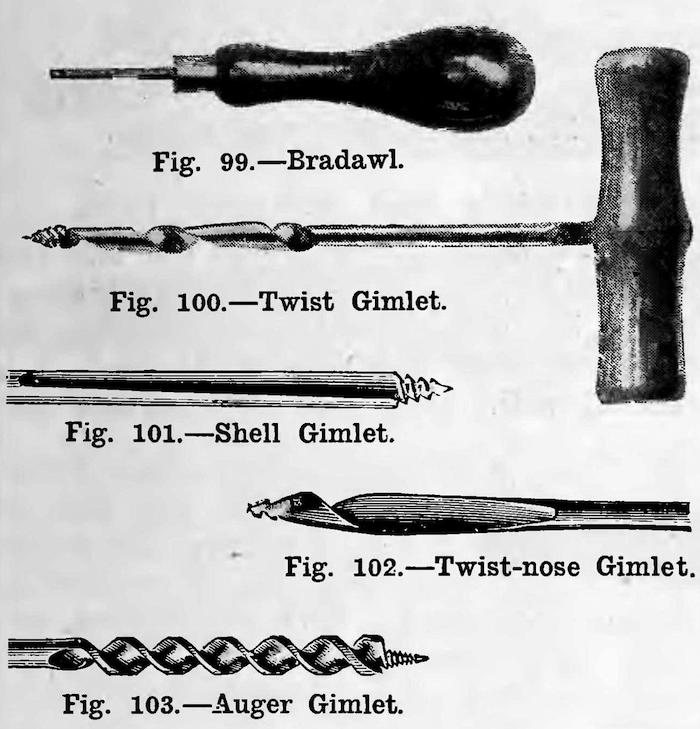
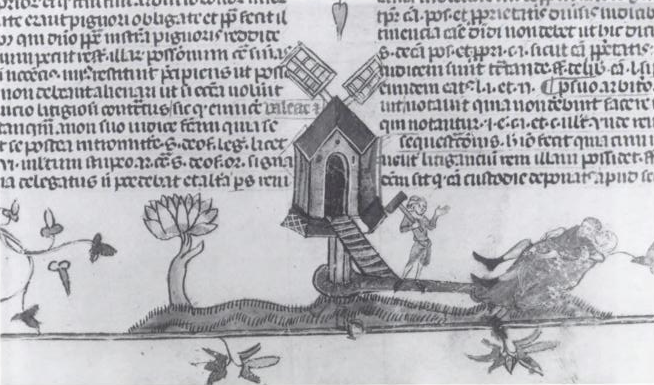
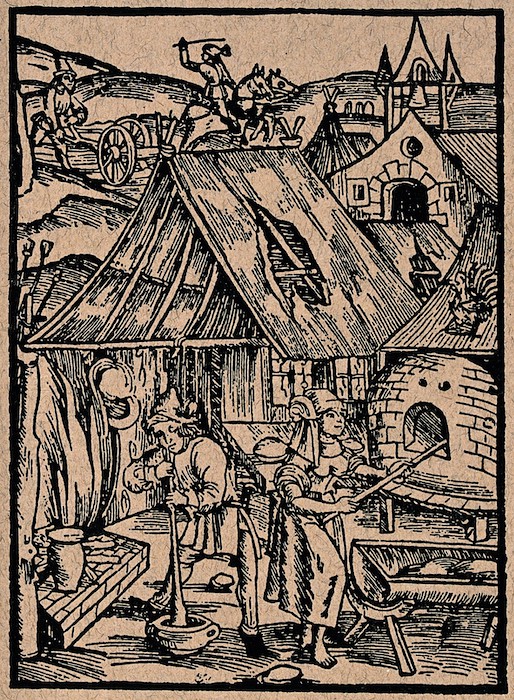
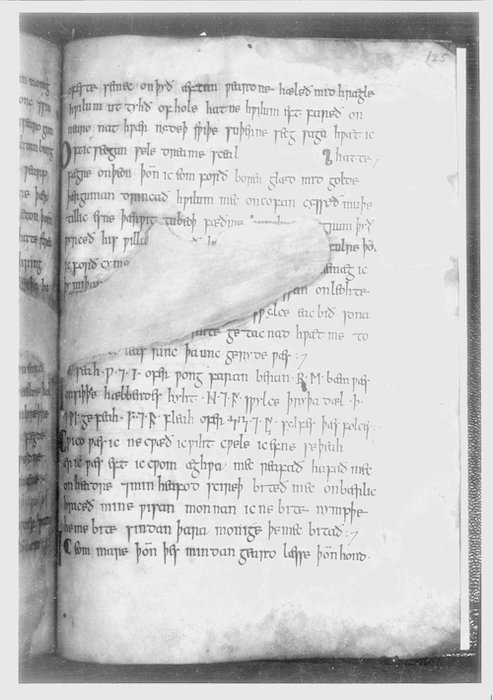
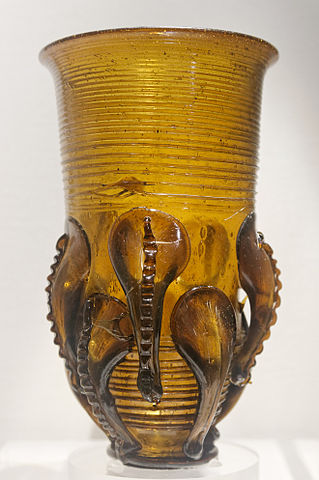
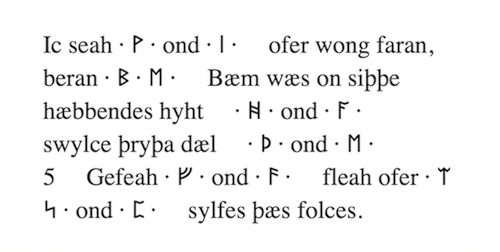
Commentary for Exeter Riddle 53
MEGANCAVELL
Date: Tue 06 Feb 2018Matching Riddle: Exeter Riddle 53
This commentary comes to us once again from Sharon Rhodes of the University of Rochester. Congratulations on successfully defending your thesis this week, Sharon!
There have been three major solutions proposed for Riddle 53: battering ram, gallows, and cross. Battering ram seems the most literal — something that was a once tree, but was then chopped down, outfitted with metal fittings and used to storm castles. But gallows and cross stretch our perspectives. In any case, the development of these modern solutions has a history.
In 1859, F. Dietrich solved Riddle 53 as “battering ram.” The iron work involved in battering rams allows us to read line 6 quite literally: deope gedolgod, dumb in bendum (deeply wounded, silent in his shackles). Cross and gallows are less clear and more dependent on context: there are multiple ways of constructing a gallows, crucifix or otherwise. The first solution also allows for an easy reading of lines 8b through 10a: Nu he fæcnum weg / þurh his heafdes mægen hildegieste / oþrum rymeð (Now he, through the might of head, clears the path to another treacherous enemy). If the solution is “battering ram,” then this is a simple description of attacking and then plundering a castle.
Photo of a battering ram (by eltpics) from Flickr (licence: CC BY-NC 2.0).
But “battering ram” is a solution that is contextually lacking: there were no battering rams in early medieval England! At least, according to Craig Williamson, “there is no archaeological evidence for the existence of an Anglo-Saxon battering ram,” which makes sense when we recall that there were no early medieval castles to lay siege to with a battering ram (page 297). Of course, there’s no reason to think that the early English couldn’t comprehend battering rams and Aldhelm’s Riddle 86 — a Latin riddle written in early medieval England — suggests a battering ram at least twice (Williamson, page 297):
Sum namque armatus rugosis cornibus horrens.
Herbas arvorum buccis decerpo virentes,
Et tamen astrifero procedens agmine stipor;
Culmina caelorum quae scadunt celsa catervis.
Turritas urbes capitis certamine quasso
Oppida murorum prosternens arcibus altis.
Induo mortales retorto stamine pepli;
Littera quindecima praestat quod pars domus adsto.
(Aldhelm, ed. by Juster, pages 52-3)
(Yes, armed with wrinkled horns, I’m quite a fright. / I chew huge mouthfuls of the meadow grass, / Yet starry swarms escort me as I pass; / They rise in hordes to Heaven’s highest height. / Headstrong, I bang the turrets of the town / So its tall fortress walls will tumble down. / With twisted thread I fill man’s clothing needs; / I’m right at home if letter fifteen leads.)
Photo of a battering ram head (by Clarinetlover) from Wikimedia Commons (licence: CC BY-SA 3.0).
However, while Aldhelm’s riddle dances between the idea of a ram (male sheep) and the siege weapon — the Latin word aries can refer to either — there’s no real sheep reference in Exeter Riddle 53, unless you consider sheep inveterate thieves of the night.
Photo of a Gute ram (by Oskari Löytynoja) from Wikimedia Commons (licence: CC BY 3.0).
So too, the imagery of Riddle 53 is strikingly similar to that of the famous Old English poem The Dream of the Rood. For instance, the dreamer describes the Rood tree as forwundod mid wonnum (sorely wounded with wounds) at line 14, which is reminiscent of Riddle 53’s line 7: wriþen ofer wunda, wonnum hyrstum (racked all over with wounds, adorned with dark ornaments). In fact, Jonathan Wilcox reads Riddle 53 as an analog of The Dream of the Rood and, accordingly, suggests the solution of “gallows,” and Andy Orchard reads The Dream of the Rood as a riddle writ large and, consequently, solves 53 as “cross”: a very specific gallows.
Image of crows and gallows from Bewick, page 71.
As Orchard points out, The Dream of the Rood uses the word beam — which occurs in Riddle 53 — with a number of meanings. Beam can mean “tree,” “gallows” or “sunbeam” — the cross’s function as Christ’s retainer — so this singular word accounts for the rood-tree’s three states, a trinity, so to speak. Through its homonyms, beam points to multiple aspects of the rood-tree’s function and identity. And beam of course is exactly how we’re introduced to the solution of Riddle 53 in line 1: Ic seah on bearwe beam hlifian (I saw a tree towering in a wood).
Photo of a cross (by Ian Britton) from Flickr (licence: CC BY-NC 2.0).
Each of these solutions — battering ram, gallows and cross — reconfirms that the Exeter riddles are poems that force us to consider the parallels between different things by viewing them from unfamiliar perspectives. John D. Niles points out that the cross is a gallows — an instrument of execution — and a source of life in the Christian tradition (page 147; note that Niles suggests the Old English solution of gealg-treow (gallows-tree)).
Photo of Biogradska forest in Montenegro (by Snežana Trifunović) from Wikimedia Commons (licence: CC BY-SA 3.0)
Perhaps most significantly, Riddle 53 stands with The Dream of the Rood and other riddles of torture in forcing the audience to consider the world from the point of view of what humanity typically views as “raw materials” for our built world. As Jennifer Neville points out, “in Exeter Book Riddles 53 and 88, [. . .] a tree and the antler of a deer, both dwelling happily and naturally in the forest (bearu, holt), are seized, removed from their environment, wounded and used by human beings; as tools, as battering rams and ink-horns” (page 115). These things “are forced on wera æhtum ‘into the possessions of men’ (Exeter Book Riddle 88, 23b)” (page 115).
If we keep “battering ram” while adding “cross” and “gallows,” then we can start exploring the idea of Christ and the crucifix as invaders. Perhaps this is an oblique reference to the harrowing of hell — when Christ invaded hell to bring salvation to the righteous who died before his crucifixion, thereby “stealing” souls from Satan. As with so many of the Exeter riddles, no one solution is totally satisfying; it’s the collection of possible answers that allows us to see a tree in a forest for all of the potential lives it may lead after its felling.
References and Suggested Reading:
Aldhelm. Saint Aldhelm’s ‘Riddles.’ Edited and translated by A. M. Juster. Toronto: University of Toronto Press, 2015.
Bewick, Thomas. A History of British Birds. Vol. I (Newcastle: R. Ward and Sons, 1885) [Memorial Edition]
Bitterli, Dieter. Say What I Am Called. Toronto: University of Toronto Press, 2009 (esp. pages 151-69).
Neville, Jennifer. Representations of the Natural World in Old English Poetry. Cambridge: Cambridge University Press, 1999.
Niles, John D. Old English Enigmatic Poems and the Play of the Texts. Turnhout: Breopols, 2006.
Orchard, Andy. “The Dream of the Rood: Cross-References.” In New Readings in the Vercelli Book. Edited by Samantha Zacher and Andy Orchard. Toronto: University of Toronto Press, 2015, pages 225-53.
Wilcox, Jonathan. “New Solutions to Old English Riddles 17 and 53.” Philological Quarterly, vol. 69 (1990), pages 393-408.
Williamson, Craig. The Old English Riddles of the Exeter Book. Chapel Hill, NC: University of North Carolina Press, 1977.
Tags: anglo saxon exeter book riddles old english solutions riddle 53 sharon rhodes
Related Posts:
Commentary for Exeter Riddle 53
Commentary for Exeter Riddle 55
Commentary for Exeter Riddle 73